Tips for Planning An Urban Tree Inventory And Getting The Most Out Of It
Urban tree inventories are a way for forest managers to know exactly what they are working with and how to prioritize their maintenance efforts for maximum effect.
May 18, 2021 | Alec Sabatini

The key to maintaining a sustainable and healthy urban forest is species and age diversity, proper tree maintenance, risk management, and community support. Planning an urban tree inventory informs and advances each of these aspects.
Urban tree inventories are the studies of the location and condition of trees in a set area. They are useful for any public department, nonprofit, or company that manages a multitude of trees, including cities, counties, as well as corporate and university campuses.
Tree inventories can include trees in parks and other public properties, street trees, and trees on private land. This article will focus on bottom-up tree inventories completed through on-the-ground examination. A top-down tree canopy analysis uses aerial or satellite imagery to acquire a landscape view, which can be faster and less expensive but offers limited information on an individual tree basis.
We are going to explore some of the main points to consider when planning an urban tree inventory, as well as steps to take once the inventory is complete. For a review of the implementation phase of a tree inventory and first-hand tips and tricks from the field check out this webinar from the PlanIT Geo™ tree inventory team.
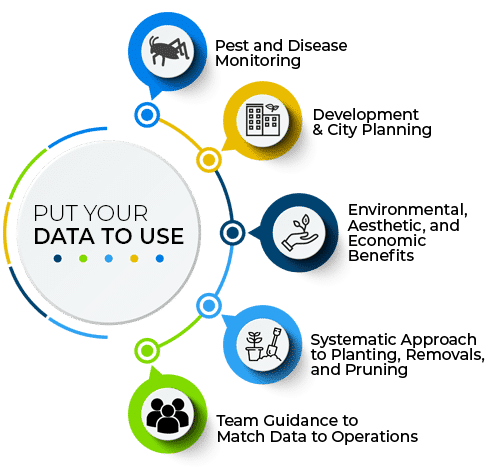
Planning An Urban Tree Inventory
Planning an urban tree inventory starts with understanding what information is desired, how it will be used, and matching those objectives to the available resources and funding. The extent and cost of an urban tree inventory are quite flexible. An inventory can consist of volunteers completing drive-by tree counts or be completed by certified arborists conducting in-depth assessments for each tree. Deciding who will carry out the urban tree inventory is a good starting point.
1. Professionals or Volunteers
An urban tree inventory can be completed by volunteers, interns, staff, or professional arborists. With training, volunteers can be a cost-effective way to complete an inventory while still getting significant tree data. With user-friendly software like TreePlotter™ INVENTORY, volunteers can use a smartphone or tablet to easily record key tree metrics in a database that can then be managed and reviewed by supervisory forestry staff.
However, there is a limit on what depth of information volunteers can accurately provide. Volunteers can provide basic measurements and common species identification, but should not be relied on for more specific assessments like tree condition, decay, poor branching habitat, or determining hazard and risk status.
Hiring professional inventory arborists is a substantial expense compared to relatively free volunteers, but it will allow for new and valuable metrics to be assessed, such as judgment of trees’ health and maintenance needs. This is the type of data that can most directly inform future forest management planning and budgets.
2. Setting The Scope
Full, phased, partial, or sample? The scope of a tree inventory can take several forms.
A full or complete inventory will look at all public trees in the community and therefore offers the truest measure of the health and needs of the urban forest. When looking to inform day-to-day management, a full inventory is best. However, if the funds are not available for a full inventory there are other less comprehensive variations.
An approach that has been growing in popularity over the last few years is the phased inventory. This is a full inventory completed in phases over several years as funds allow. Communities still get the comprehensive coverage of their tree needs but the financial burden is distributed over a longer period of time. A partial inventory focuses on one specific area of concern, like all street trees or trees in an identified district.
The smallest and quickest inventory scope is a sample inventory, which looks at a random selection of trees in the community and extrapolates those results to represent the whole urban forest. With just a 3 – 6% sampling it is possible to get a statistically valid representation of urban tree conditions.
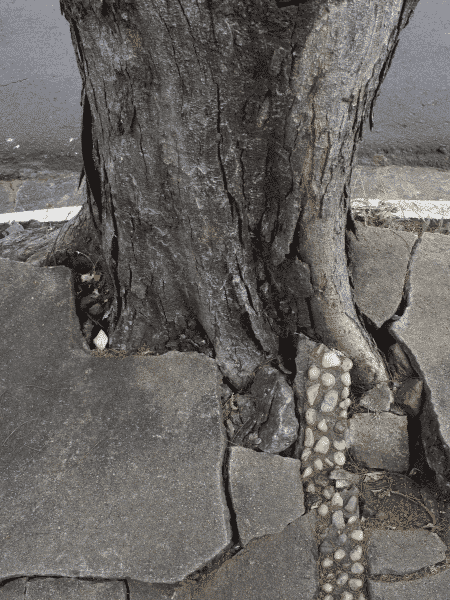
Photos can be included in tree inventories, both to capture the general tree character and to highlight specific concerns like this one showing sidewalk damage.
3. Choosing Data Fields
There are basic metrics that should be included in every urban tree inventory, such as species, location, DBH, and condition. Beyond those, there is an abundance of supplementary data fields that can also be assessed. Many of these metrics are dependent on a certain level of expertise by those conducting the inventory. The more data fields added, the more time the inventory will take but also the more value it will offer.
One of the top suggestions from our tree inventory team is to use a general observations list, which includes fields for commonly detected issues like cavity decay, poor root systems, improper pruning, and crown dieback. To see an example of general observations in action, check out page 6 of our Tree Inventory Report for Fremont, California.
Other data fields experts can provide are maintenance recommendations, such as crown cleaning, sidewalk damage, or removal. These recommendations can be scaled by priority to immediately inform maintenance efforts. For example, our tree inventory of Longview, Washington identified 462 trees with dead and/or diseased limbs that could potentially cause serious injury or property damage if not addressed in a timely manner.
For the highest level of detail, an ISA Level 2 Tree Risk Assessments can be completed, which requires the assessor to complete a detailed form for each tree (also available as an add-on module within TreePlotter INVENTORY).
4. Public Communication
We don’t see it as often as we like, but it is worthwhile to notify the public of an impending tree inventory and establish an open line of communication for comments or reporting issues. Citizens are usually curious about the person in front of their house looking intently at the trees, and getting advanced notice or having a source of additional information ready to distribute is helpful to all parties.
5. Inform Proactive Management
An urban tree inventory allows forestry programs to get ahead of the responsive management pattern. Instead of trying to stay on top of urgent individual requests, tree inventories that include maintenance recommendations provide a clear guide to prioritizing where tree management is most needed.
Inventory software can be updated so maintenance priorities are continually revised and work orders can be managed within the same platform to track tree bid estimates, service requests, and invoices. The species diversity and composition statistics gathered by a tree inventory also help inform more resilient future planting strategies.

6. Relay Ecosystem Benefits
The ecosystem services provided by the urban forest can be accurately estimated from a tree inventory. These dollar amount figures are powerful tools for connecting internally across potentially siloed departments that may be benefitting from the trees without knowing it.
Similar to a canopy cover percentage, comprehensive statistics on urban tree amounts and benefits is the perfect material to share with the community to engage and inspire support.
7. Identify And Manage Risk While Reducing Liability
Mitigating urban forest risks becomes a lot easier when you are equipped with detailed health and hazard reports for all the trees under your responsibility. By prioritizing the highest risk trees, maintenance operations dramatically reduce potential tree hazards quickly. Additionally, inventory software can provide a record of complaints, inspections, and maintenance should legal issues arise.
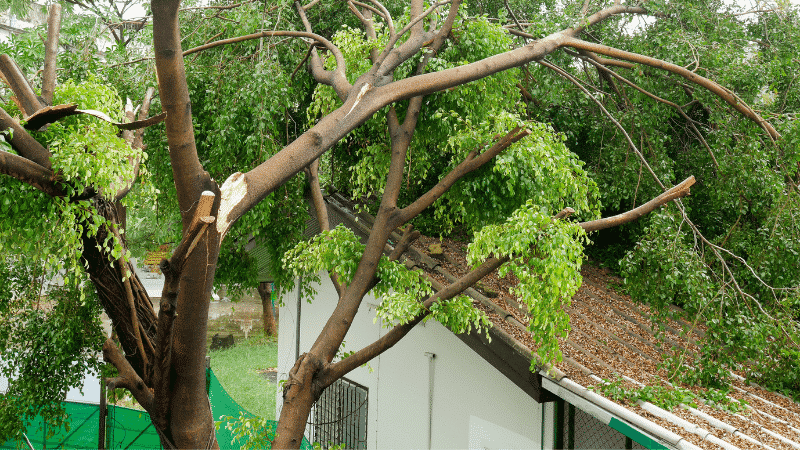
8. Continue The Process To Maintain Inventory Integrity
An urban tree inventory provides just a snapshot of an urban forest. Trees are always changing and tree inventory data loses value over time if it is not updated. To continue to get the most from an urban tree inventory, maintenance operations, removals, and new plantings should be added to the chosen data management platform so the inventory remains as accurate a representation as possible. This will extend the life of an urban forest inventory as a powerful forestry management tool.
PlanIt Geo’s team of certified ISA arborists has completed more than 100 urban tree inventory projects across the country, totaling over 700,000 trees. We also created the industry-leading TreePlotter Software Suite, which is used by professionals and volunteers across the world to complete and interact with tree inventory data.
“An urban tree inventory provides just a snapshot of an urban forest. Trees are always changing and tree inventory data loses value over time if it is not updated.”
Related Resources
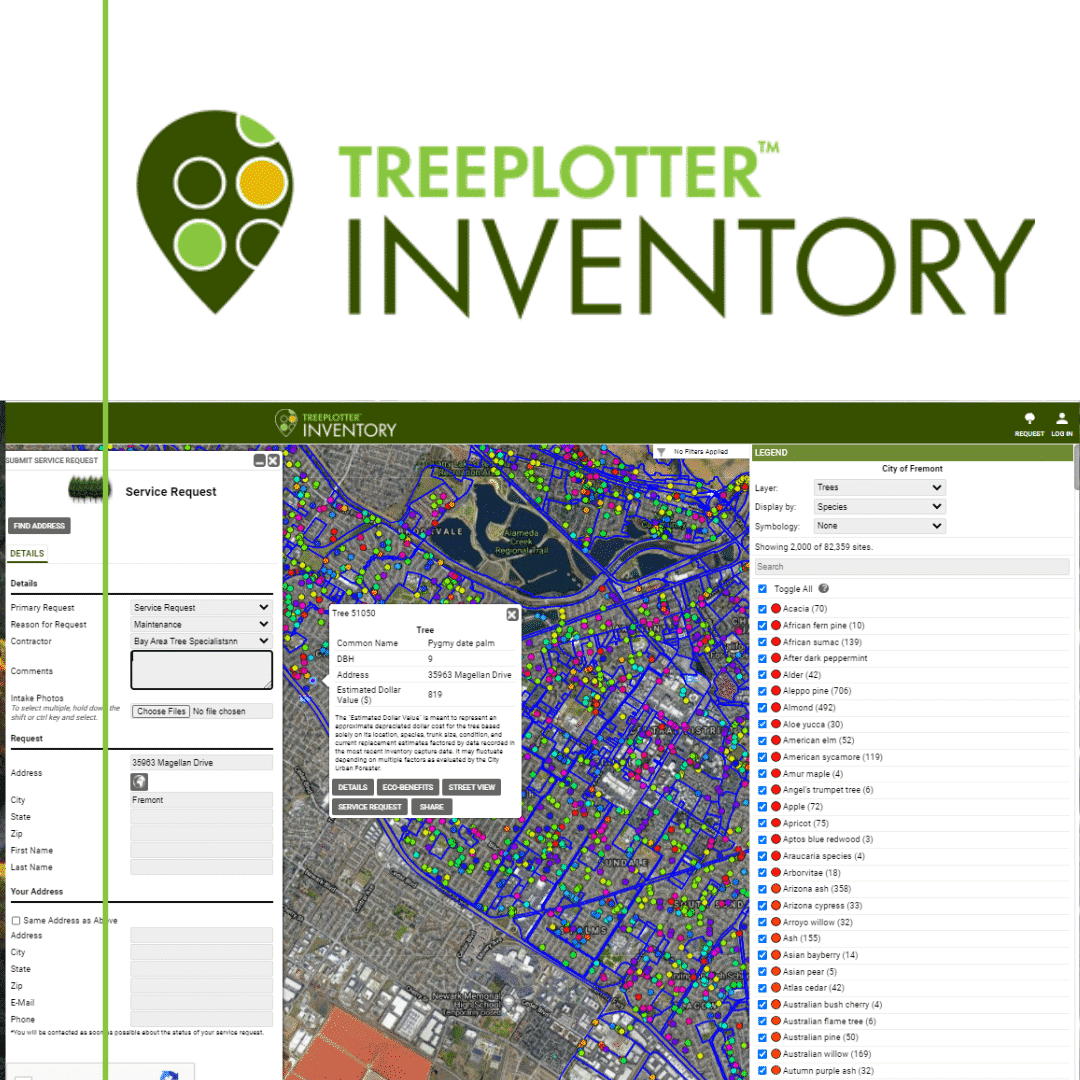
Get to Know TreePlotter™ INVENTORY
Take a deep dive into TreePlotter™ INVENTORY. Learn about all of the features and functionality including the HUB, reports, filtering, mapping features, charts and tables, and much more.
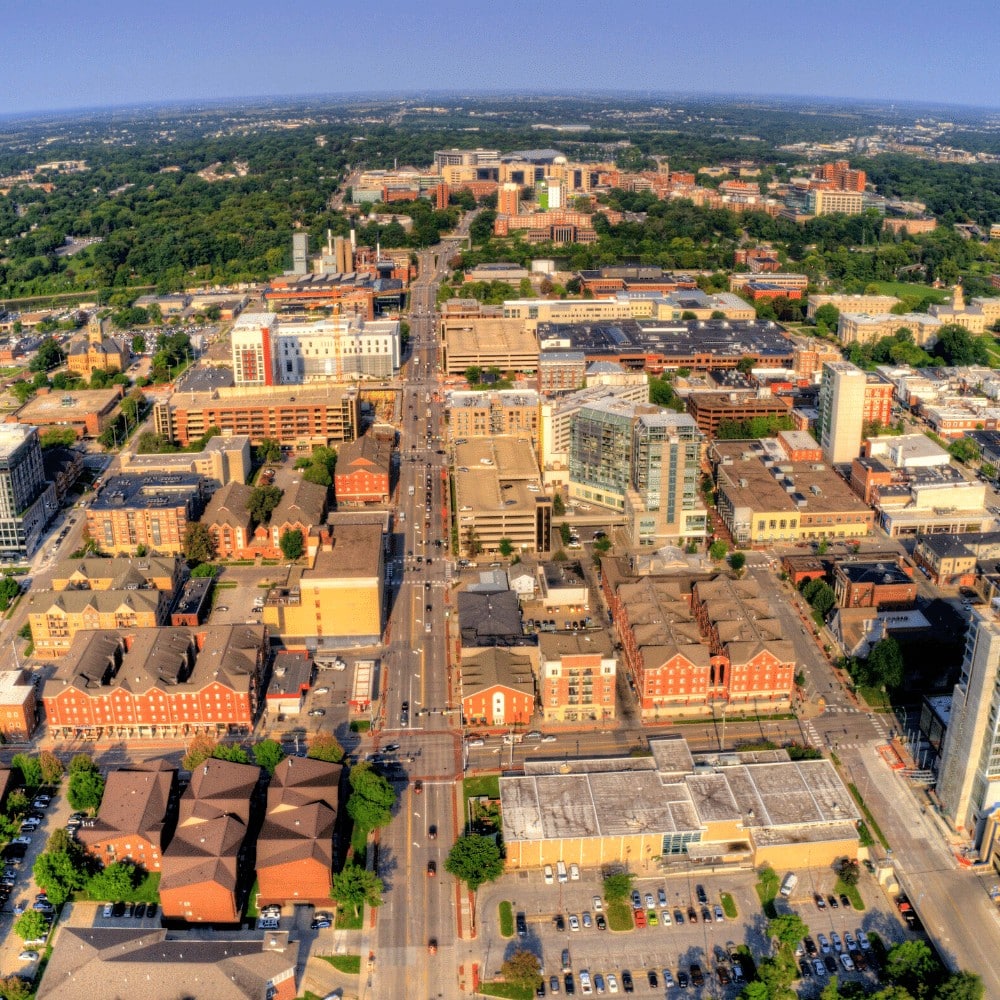
Tree Inventory Project Summary
PlanIT Geo was contracted to set up a customized TreePlotter software application and conduct a tree inventory of 50,000 park, street, and trail trees. Collection and analysis of the tree inventory data, reporting was available on species diversity, urban forest health, and composition.

Tree Inventory in the News
PlanIT Geo completed a tree inventory for Iowa City to grow and manage its green space. Find out how TreePlotter is going to help them manage what they have right now and plan for the future.

TREE INVENTORY SUMMARY REPORT
Having a healthy, diverse urban forest can provide many benefits to residents as well as the ecosystem. Read the full report from PlanIT Geo’s Fremont, California Tree Inventory.
Stay Up To Date With The Latest News and Events
Join Our Community
Stay informed on the urban forestry industry with our monthly TREEbune newsletter, live webinars, and industry-specific content delivered to your inbox.
Urban Forestry Webinars
PlanIT Geo has a substantial on-demand webinar library. Get CEU credits, grow your knowledge base, and stay current on cutting edge industry technology.
Follow Us
We love to share industry-related news, software tutorials, blogs, and company news across our social channels.
Stay Up To Date With The Latest News and Events
Join Our Newsletter
Stay informed on the urban forestry industry with our monthly TREEbune newsletter, live webinars, and industry-specific content delivered to your inbox.
Urban Forestry Webinars
PlanIT Geo has a substantial on-demand webinar library. Get CEU credits, grow your knowledge base, and stay current on cutting edge industry technology.
Follow Us
We love to share industry-related news, software tutorials, blogs, and company news across our social channels.
